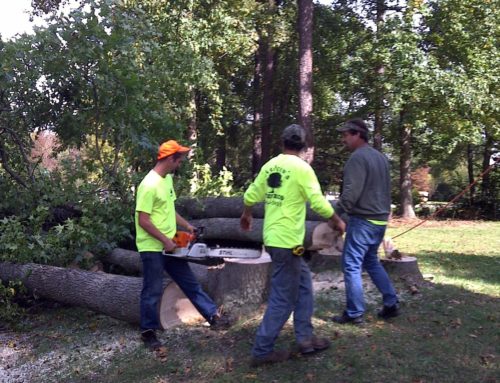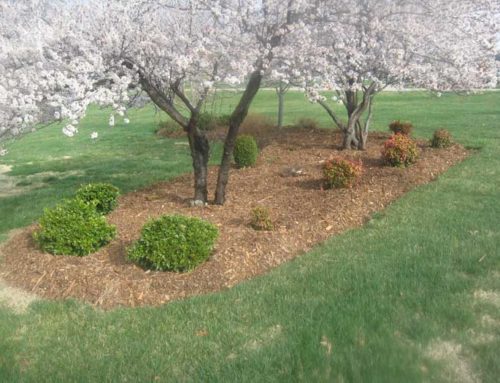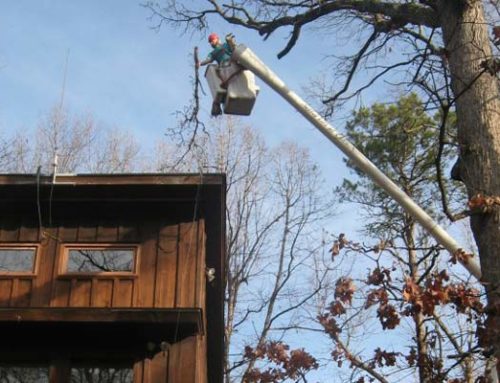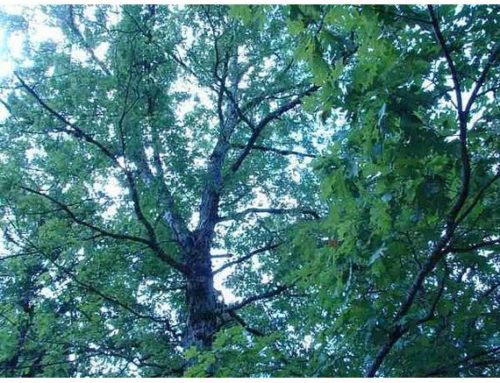The Crepe (or Crape) Myrtle (Lagerstroemia indica) is one of the most planted decorative trees in the United States. It originated in China but is now cultivated widely throughout the world. There are many variations in size, from small shrubs to tall trees. Flowers can range from white to pink, magenta and purple.
Most Crepe Myrtles are shrubs by habit and beautiful in that form. Still, many Crepe Myrtles are pruned to grow as small trees. In this form, they decorate parking strips and parking lot planters everywhere. Their long bloom season is one reason for their attraction. In some climates they will bloom for almost six months. They also have interesting bark that tends to peel off in small sections. Once the flowers die back, the seed will grow readily the next year. About the only real enemies they have are aphids and humidity. Crepe Myrtles make a beautiful, low maintenance addition for any garden
Make sure your Crepe Myrtle is planted in well drained, fertile soil. Use a good quality fertilizer designed for flowering plants and shrubs. Follow the directions on your particular fertilizer.
Remove suckers and buds of new branches as they appear on the “trunk.” Remember that the Crepe Myrtle is predominantly shrubby in habit, and you’ll have to be vigilant about those side shoots if you want to maintain it as a tree.
Fight aphids with a weak soap solution sprayed on the leaves. The aphids won’t really do much damage themselves, but they leave a sticky residue that can become a host to fungus or mold which can be unsightly or even damaging.
Water deeply and regularly when first planted. Once it is established, a Crepe Myrtle can tolerate fairly arid conditions.
Prune the Crepe Myrtle back to a strict tree form once it has lost all its leaves in the fall. This will ensure that it will keep its tree shape once it starts to leaf out in the spring.




